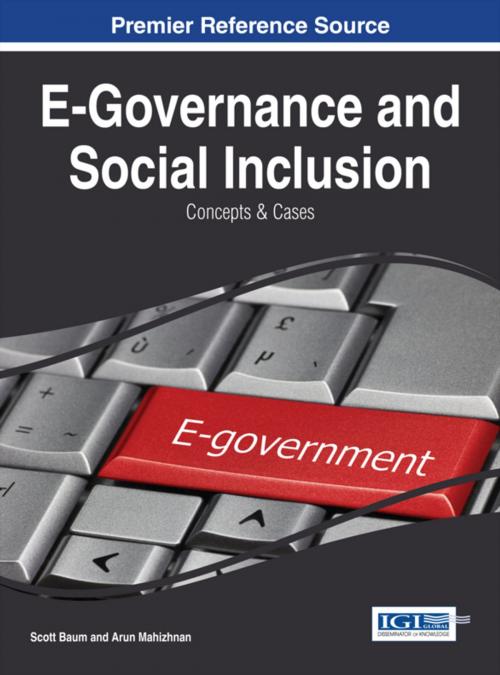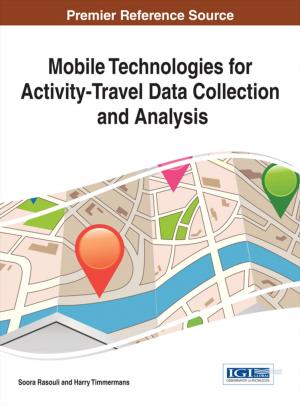E-Governance and Social Inclusion
Concepts and Cases
Nonfiction, Social & Cultural Studies, Political Science, Government, Civics, Democracy| Author: | ISBN: | 9781466661080 | |
| Publisher: | IGI Global | Publication: | May 31, 2014 |
| Imprint: | Information Science Reference | Language: | English |
| Author: | |
| ISBN: | 9781466661080 |
| Publisher: | IGI Global |
| Publication: | May 31, 2014 |
| Imprint: | Information Science Reference |
| Language: | English |
The application of e-government technologies has led to increased public participation and social inclusion, while allowing for greater government transparency. These technologies provide accessibility to online content and services while offering the public an active voice in governmental issues. E-Governance and Social Inclusion: Concepts and Cases presents current and emerging research about the implementation of technology in government and its broad social implications. This handbook aims to be a comprehensive reference publication for academicians, researchers, practitioners, students, and managers with an interest in e-government content and the ability for the public to access and utilize this technology.
The application of e-government technologies has led to increased public participation and social inclusion, while allowing for greater government transparency. These technologies provide accessibility to online content and services while offering the public an active voice in governmental issues. E-Governance and Social Inclusion: Concepts and Cases presents current and emerging research about the implementation of technology in government and its broad social implications. This handbook aims to be a comprehensive reference publication for academicians, researchers, practitioners, students, and managers with an interest in e-government content and the ability for the public to access and utilize this technology.















